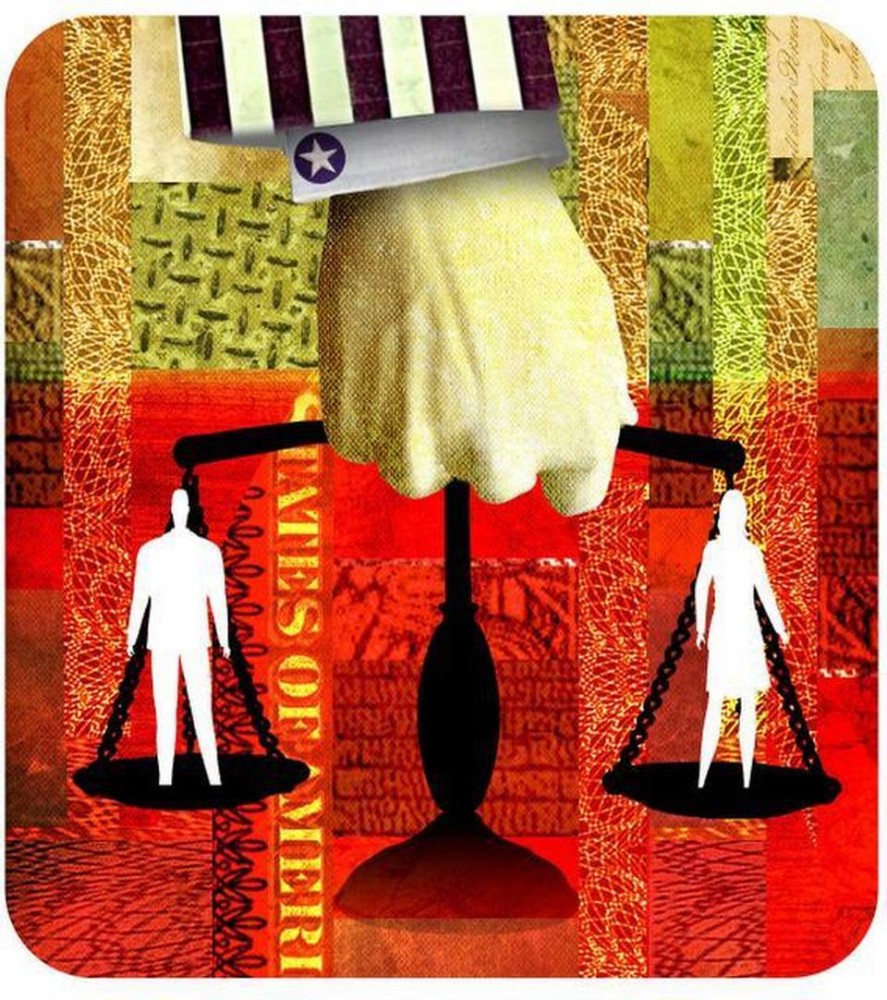By Jennifer Glass
Lubbock Avalanche-Journal, Texas
WWR Article Summary (tl;dr) Jennifer Glass takes a look at some of the common myths and misconceptions about why women in some professions are paid less than men.
Lubbock Avalanche-Journal, Texas
With the recent announcement that deodorant brand Secret will donate more than $500,000 to help close the gender pay gap for the U.S. women’s soccer team, one has to wonder why it is so hard for women to get equal pay to begin with.
Despite their stellar performance over many years, the women’s pay lags significantly behind that of their somewhat lackluster male compatriots on the men’s national team, and it has made headlines.
Simply put, the gender pay gap is holding back American women of every economic class. And the trouble stems from two powerful cultural myths about women in general: One, they don’t deserve equal pay; and two, they don’t need it either.
The first myth is that women don’t deserve equal pay because (take your pick) they don’t work as hard, as long, as productively, or face work environments that are as difficult or dangerous.
Indeed, there are conservative websites and bloggers dedicated to proving that the gender pay gap, itself, is a “myth” for precisely these reasons. However, researchers like me have ransacked the available national employment surveys and found that very few of these excuses are true.
Although women are more likely to avoid long hours of overtime in some professions, such as medicine and finance, their per hour pay is still lower than men’s. And women report working just as hard, just as fast, in jobs just as difficult and dangerous as men’s.
While men may lift heavy building materials, for example, women lift heavy patients and children in caregiving jobs.
While some men face hazardous machinery or noxious chemicals, women face noxious cleaning solvents, communicable diseases and violence in schools and other care settings.
Nor are women trading wages for family-friendly benefits like paid leave and flexible work schedules.
It turns out that higher-waged workers are more likely to telecommute or set their own hours than lower-waged workers. Taken as whole, this means that men are equally likely — and in some surveys, more likely — to work jobs that allow flexible scheduling or paid time off.
The second myth, that women don’t need equal pay, derives from the general belief that someone — a father or husband — is supporting a woman and her children.
Keep in mind that marriage rates have steadily fallen as men without college degrees have seen their earnings stagnate, and that rates of nonmarital childbearing now exceed marital births. And while divorce rates have gone down as marriage becomes rarer, a still significant percentage of married mothers will eventually become single parents.
My colleagues and I have estimated that more than 75% of American mothers will find themselves the sole or principal financial support for their households at some point during their first 18 years of motherhood.
For African American women, that figure rises to more than 90%. The average American mother who finds herself as the chief economic support will also spend almost six of those first 18 years doing so. In any given year, more than 40% of American mothers are the primary earners in their households.
So, the idea that “someone else” is really supporting women and families is patently false. Not only that, women are also likely to share more of their earnings with children or dependent elderly family members than men do. And development economists have known this for years — if you want to target children’s needs, give assistance to mothers rather than fathers.
buy wellbutrin generic buy wellbutrin online no prescription
There are pathways forward. Pay transparency legislation would help, so that employees are aware of what co-workers in similar positions are making.
Secrecy covers a multitude of sins, but it is especially fertile ground for discrimination in pay and opportunities for promotion. But more basically, changing the way we view women’s competence in our world will require efforts on all sides — in how parents, schools and houses of worship treat girls’ and boys’ contributions, in how governments treat the vital work of caring for the next generation and our vulnerable elderly, in how employers are allowed to treat male and female employees.
And yet, here we still sit in 2019 wondering whether women will ever be able to move beyond these outdated cultural biases and receive pay that reflects their skills, efforts and responsibilities.
Jennifer Glass is the Centennial Commission Professor of Liberal Arts in the Department of Sociology and a research associate in the Population Research Center at The University of Texas at Austin.
___
Distributed by Tribune Content Agency, LLC.














































































































































































































































































































































































